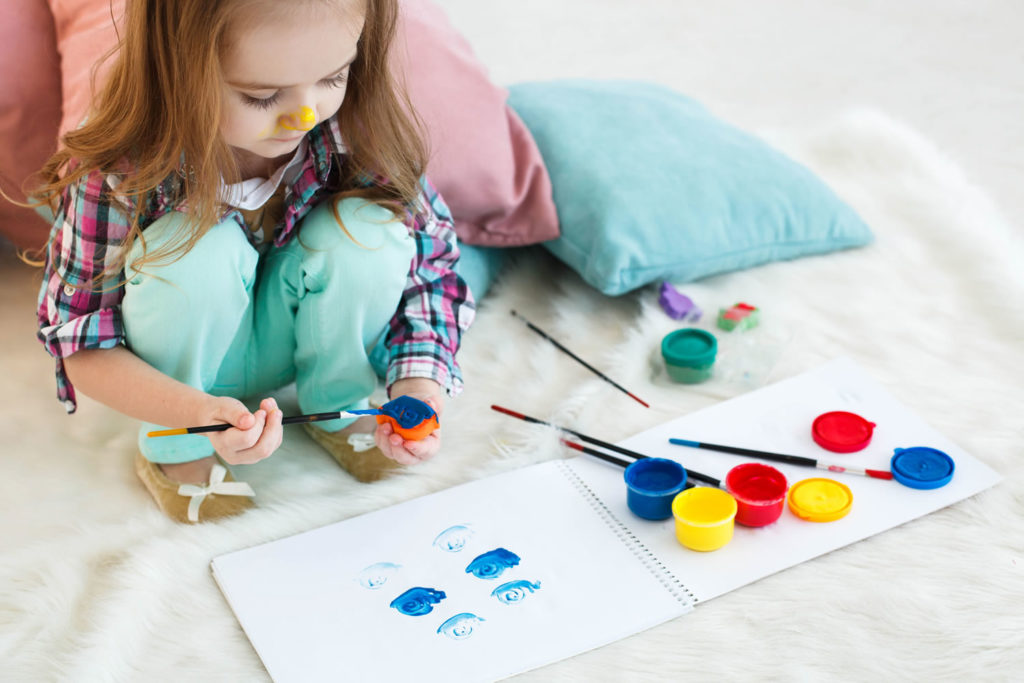Little by little, young children are faced with different types of activities related to fine motor skills, such as drawing and writing . However, the first tends to take place much earlier than the second, since its rules are much more open and its possibilities, thanks to imagination and observation, are almost endless.
Children discover what the world around them is like and try to imitate and recreate it in their own way , thanks to the development of structures such as muscles or the brain itself. The maturation of this type of nervous structure is called psychomotor development , which allows people to learn and acquire life skills.
Psychomotor development goes through different stages depending on the age of the children, and it also has a lot to do with the stimulation they receive. Even so, and with respect to drawing, there are a series of more or less common stages that we could identify.
Don’t miss the list of all of them. Do you recognize your children here?

(adsbygoogle = window.adsbygoogle || []).push({});
Stages of drawing in usual chronological order
- Period of uncontrolled scribbles: around a year, children are already able to grasp a pencil, with greater or lesser precision, which also allows them to face their first strokes, which will be lines and marks still disjointed and without a logical sense .
- Period of ordered scribbles: after this stage and, little by little, until approximately three years old, children acquire greater precision and reasoning and already begin to relate movements to lines and ideas, despite the fact that it still continues. being unidentifiable to adults.
- Period of the figurative scribbles: the ordered scribbles will still have to mature a little more, and at that time, the child will make his strokes on the paper indicating that he has drawn Mommy, the grandparents or the house where he lives. His way of speaking and telling what he has done will make it easier to understand and identify his lines, still imperfect.
- Period of human figures: around three or four years (which can vary according to the particular level of development), children are already able to make people with their arms and legs, although this is still somewhat schematic. They are able to see hands, feet and heads in their traces, in what will be a very fun task associated with the world and the people around them, as well as their infinite capacity to imagine.
- Period of realistic drawing: once the children are already immersed in their new academic stage, at the end of the Early Childhood Education period and at the gates of Primary, the psychomotor development of the little ones will be very advanced and the knowledge they acquire in The classroom will also help them to go, little by little, improving their drawing technique in a conscious way. They will already face all kinds of figures in a recognizable way, although these will still spend some time for what is called stick figures or match figures , in the form of sticks and crosses.












































































































Very good topics for the personal formation of the individual